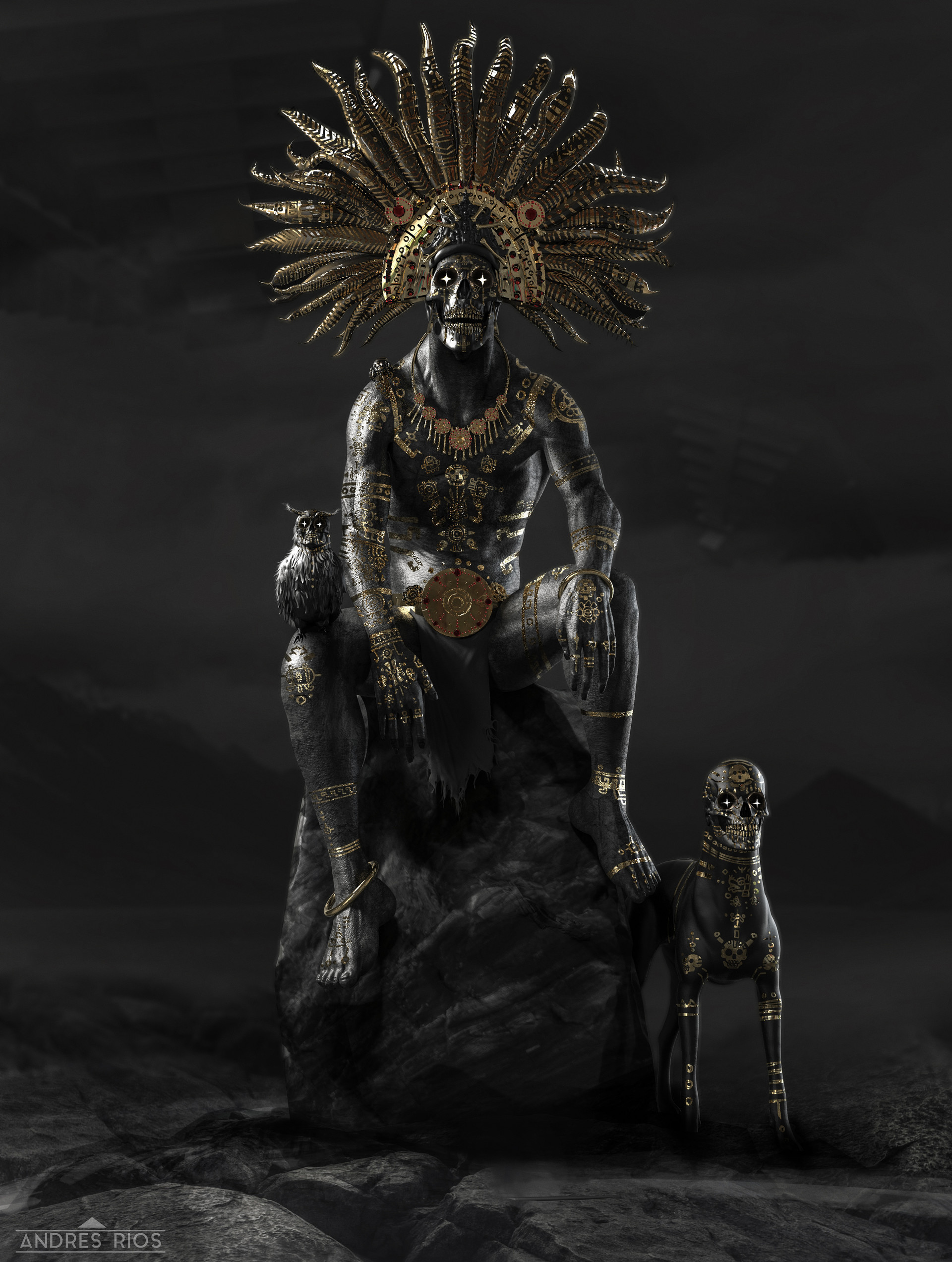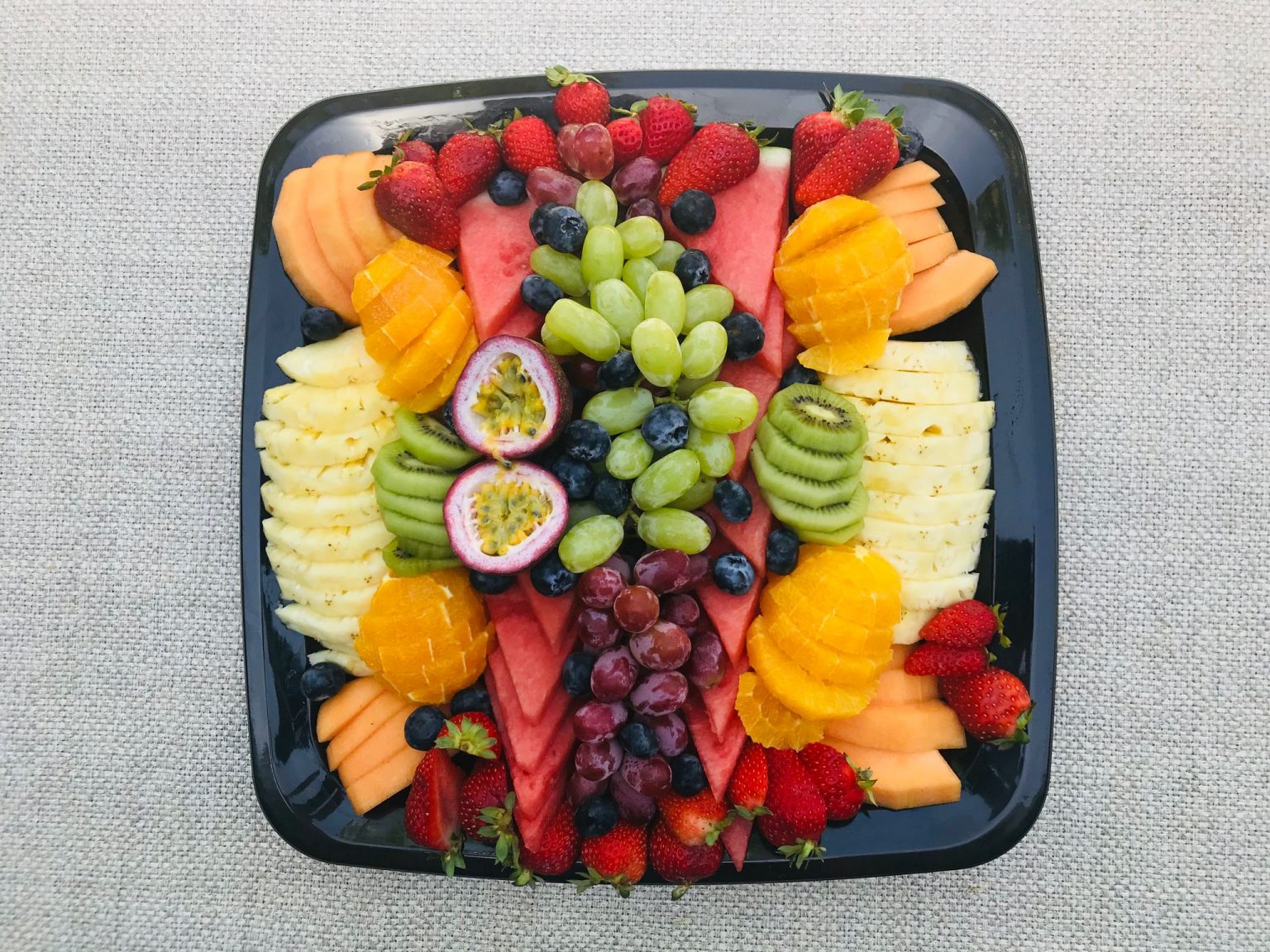Table Of Content

It also symbolized the dual role of the god as both a guardian and a judge. Depictions of Mictlantecuhtli were often intricate and adorned with elaborate details. His skeletal form was often rendered with "imposing gravitas" and "cryptic allure," reflecting the dual nature of death in Aztec belief. Ambiguous modifiers, such as "shrouded in enigmatic symbolism," capture the mystique surrounding this deity. But the difference is that Aztec designs are flatter and always done in black.

Mictlantecuhtli Tattoos
It was believed that the souls of the deceased continued to exist in Mictlan and that they could influence the lives of the living. During this celebration, altars called “ofrendas” are meticulously crafted and adorned with offerings such as flowers, food, and personal items that were cherished by the deceased. These altars often feature representations of Mictlantecuhtli, symbolizing the connection between the living and the underworld. The Day of the Dead, or Día de los Muertos, is a vibrant celebration that has its roots in the ancient Aztec traditions. This festival, celebrated annually on November 1st and 2nd, is a time to honor and remember the souls of loved ones who have passed away. Rituals and ceremonies dedicated to Mictlantecuhtli were an integral part of Aztec culture, with the belief that pleasing him would grant a peaceful journey for the souls of the departed.
Culture Trip Spring Sale
Tattoos featuring Mictlantecuhtli were often seen as a way to honor the departed and seek guidance for the living. Mictlantecuhtli was not just an abstract god of death; he was a central figure in Aztec mythology. According to legend, he and his consort, Mictecacihuatl, ruled over the underworld, where the souls of the deceased embarked on their journey after death. The burstiness of this narrative ranged from their role as judges of the dead to the challenges souls faced during their perilous journey.
Eagle in Aztec Tattoo
Beyond these ceremonial aspects, Mictlantecuhtli also played a role in everyday Aztec life. He served as a reminder of life's impermanence and the importance of honoring ancestors and the departed. By venerating Mictlantecuhtli, the Aztecs also sought guidance in matters of mortality, afterlife, and spiritual transcendence. Worshipping Mictlantecuhtli was not driven by fear alone, but by an understanding of his critical function in maintaining the balance of life and death. Death, in the Aztec worldview, was not an end but a continuation, a transition to another phase of existence. Mictlantecuhtli was the guardian of this transition, ensuring that souls navigated the various obstacles of the underworld and reached their eventual place of rest.
The studio takes a limited amount of walk-ins, but as with most places, appointments take priority, so customers are encouraged to book in advance, especially if they’re looking for larger size pieces. Right in the heart of Venice, this unique tattoo parlor has only women artists and provides customers with piercing services in addition to inking their skin. The all female staff provides a more sensitive and nurturing environment, as well as a positive vibe. While they do take walk-ins, the space/time is quite limited due to a backlog of appointments. It’s better to make an appointment beforehand to ensure you have enough time for the consultation and the work itself.
Aztec god of death tattoos, featuring Mictlantecuhtli, are a doorway to a rich tapestry of mythology, belief, and symbolism. Bursting with cultural and spiritual significance, they serve as a bridge between ancient Aztec traditions and the ever-evolving world of contemporary tattoo art. As we delve into their history, let us remember that these tattoos are not just ink on skin; they are a testament to humanity's enduring fascination with the profound mysteries of life and death.
The skeletal imagery symbolizes the inevitable cycle of life and death, where one phase leads to another, and feathers and snakes represent Aztec symbols of transformation. These designs carry a deep cultural significance and pay homage to the spiritual beliefs of the ancient Aztecs. According to Ancient Pages, Mictlantecuhtli was one of the most revered deities in Aztec mythology, symbolizing the journey of the soul after death. For Misha, covering up tattoos is a challenge to bring out the best look for each customer and making them love a part of their body again. She works with clients to make sure that the new tattoo will never need a cover-up job again. The influence of Mictlantecuhtli, the ancient Aztec god of death, has endured the passage of time, leaving an indelible mark on modern culture.

Mictlantecuhtli Tattoos: A Personal Journey
The owner, Craig Jackman, has been tattooing for over 40 years and is a veteran of the LA Ink reality TV show. The customers feel welcomed and at ease from the moment they walk into the shop. As a result, Aztec butterfly tattoos are often seen as symbols of the everlasting memories of departed loved ones. Toltec tattoos pay homage to Toltec culture by representing their art and mythology in ink. Xochiquetzal tattoos are most commonly worn by people who hope to attract a partner with assistance from the love god Xochiquetzal herself or those who have found love and want to show the world. Ometeotl is believed to have given birth to several major gods and goddesses in the Aztec pantheon and is highly respected as a personification of life, death, and all things.
Honoring Life’s Cycles
Be prepared for some discomfort, but remember that many find the experience manageable. Aztecs had intricate death rituals, deeply intertwined with their beliefs in the afterlife and Mictlantecuhtli's domain. These rituals included offerings to the deceased, elaborate funerals, and even the practice of skull decoration and masks representing Mictlantecuhtli. These tattoos are a testament to the enduring appeal of Aztec spirituality and aesthetics.
By adorning themselves with this symbolic tattoo, many individuals seek to pay homage to the cyclical nature of existence. For many individuals of Aztec descent, the decision to adorn their bodies with a Mictlantecuhtli tattoo represents a profound connection to their cultural roots. This ancient symbol, rooted in the mythology of the Aztec underworld, serves as a powerful reminder of the rich heritage that courses through their veins. The Mictlantecuhtli tattoo, inspired by the Aztec god of the underworld, is a powerful and profound symbol that resonates with many individuals seeking a deeper connection with the cycles of life and death.
From clothing lines featuring his likeness to contemporary art installations inspired by his lore, the deity's presence is undeniable in the creative sphere. The fusion of ancient symbols with modern aesthetics showcases how adaptable and timeless Aztec beliefs truly are. Mictlantecuhtli's essence is palpable during these celebrations, especially in regions of Mexico, where death is not mourned but celebrated as a natural progression of life. Altars are adorned with skulls, a nod to Mictlantecuhtli's skeletal form, symbolizing the cyclical nature of life and death.
Our name, Studio Sashiko, is further inspired by the decorative sashiko embroidery styles that adorn traditional indigo dyed fabrics in Japan. Shaughnessy Otsuji is a pioneer of the ‘perfectly imperfect’ fluffy, textured, untamed brow. Backed by her inherent creativity and artistry, Shaughnessy is renowned around the globe for creating hyper-realistic results through tattooing. A significant amount of time goes into planning and drawing each tattoo I make. Your patience and support with this scheduling process that allows me to focus on making tattoos is greatly appreciated. Justine loves teaching the art of tattooing in both her intuitive style and in a multitude of other styles.
The Aztec underworld and its ruler, Mictlantecuhtli, held a profound significance in the spiritual and cultural fabric of the Aztec civilization. In the realm of body art, tattoos often carry profound symbolism and cultural significance, serving as a canvas for personal expression and storytelling. Among the rich tapestry of ancient civilizations, the Aztec culture stands out with its intricate mythology and iconography, including the enigmatic figure of Mictlantecuhtli, the Lord of the Underworld. When it comes to Aztec culture, few deities are as iconic and enigmatic as Mictlantecuhtli, the god of death.
We’ve unveiled the symbolism, explored design elements, and heard from those who wear this ink with pride. Remember, it’s not just a tattoo; it’s a connection to a vibrant culture and a celebration of the cycle of life and death. The influence of Aztec god of death tattoos extends beyond ancient beliefs; it has found a place in contemporary ink art. Many tattoo enthusiasts and spiritual seekers choose Mictlantecuhtli tattoos as a way to connect with Aztec heritage or to reflect on the transient nature of existence. The ancient world of the Aztecs may seem distant, but their profound understanding of life, death, and the cosmos continues to resonate with contemporary audiences, especially in the realm of body art. Mictlantecuhtli, the god of death, stands out as one of the most sought-after figures for tattoos, representing a blend of deep-rooted beliefs and modern aesthetics.
Today, Mictlantecuhtli's image and symbolism permeate various facets of popular culture. Films, literature, and even video games incorporate elements of his lore, blending ancient myths with modern narratives. In these stories, the deity is often portrayed as a complex figure, commanding both reverence and fear, echoing the multifaceted understanding the Aztecs held about death.
They also typically mixed toad and fish imagery with the crocodile into one interesting tattoo. The sun was seen as the end all be all of their people and was cherished rightly so. The sun had a lot to do with Aztec heaven, called Tollan, which only accepted warriors and women who lost their lives in childbirth. The Aztecs believed in many suns and even offered human sacrifices to the sun Gods. Often, Huitzilopochtli is depicted wearing either a hummingbird’s beak (which led to the nickname “Hummingbird from the South”) or an eagle’s beak. Huitzilopochtli is a major deity in Aztec mythology and the patron of the city of Tenochtitlan.













